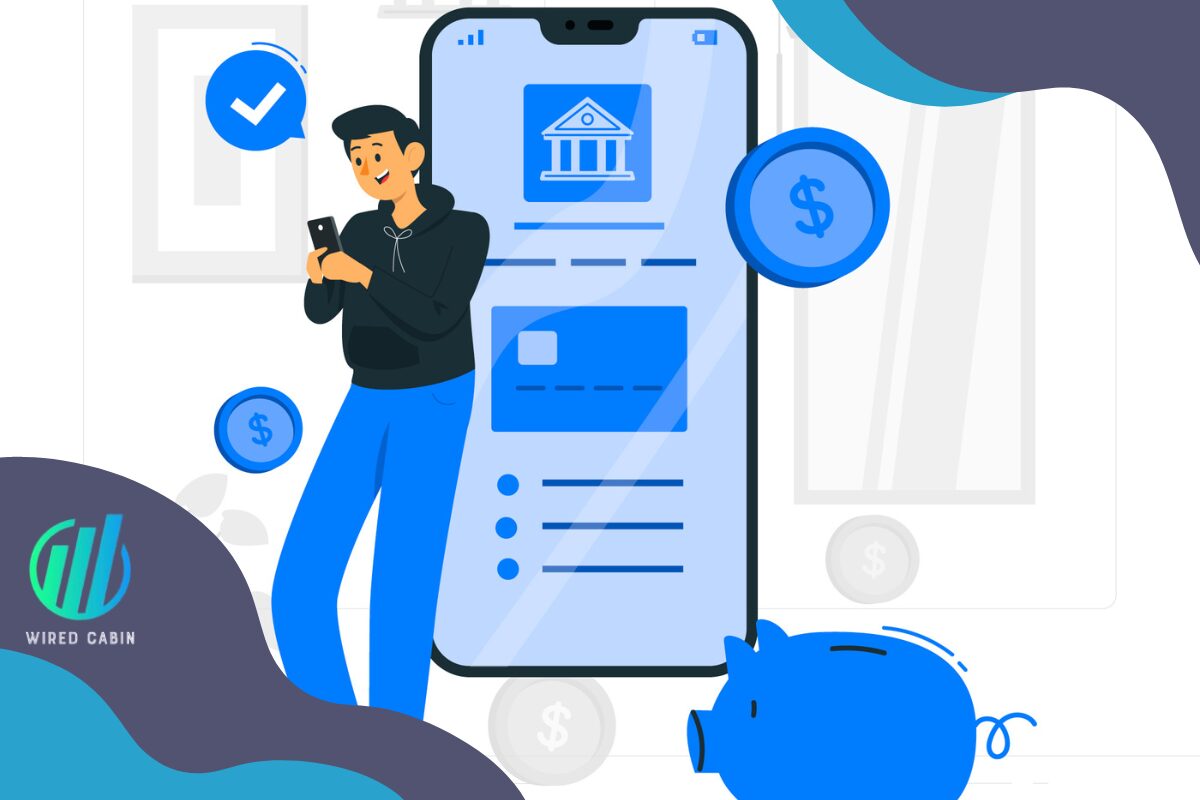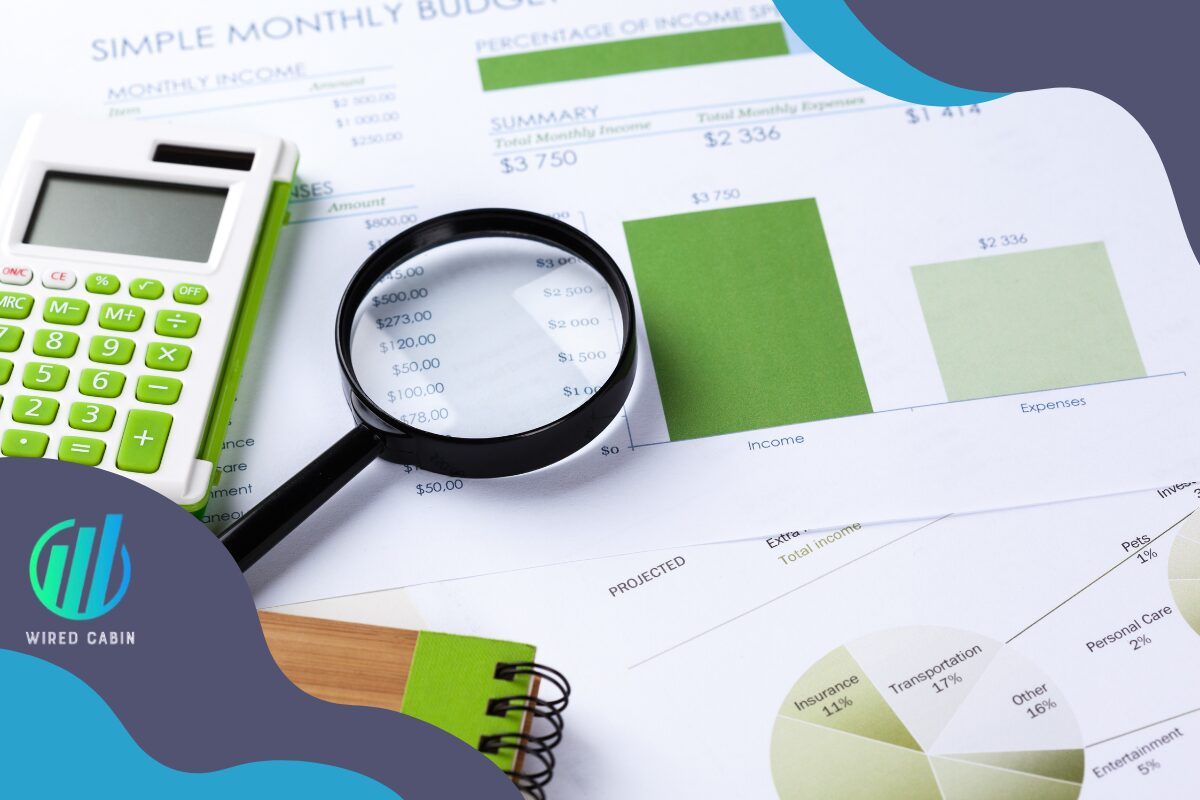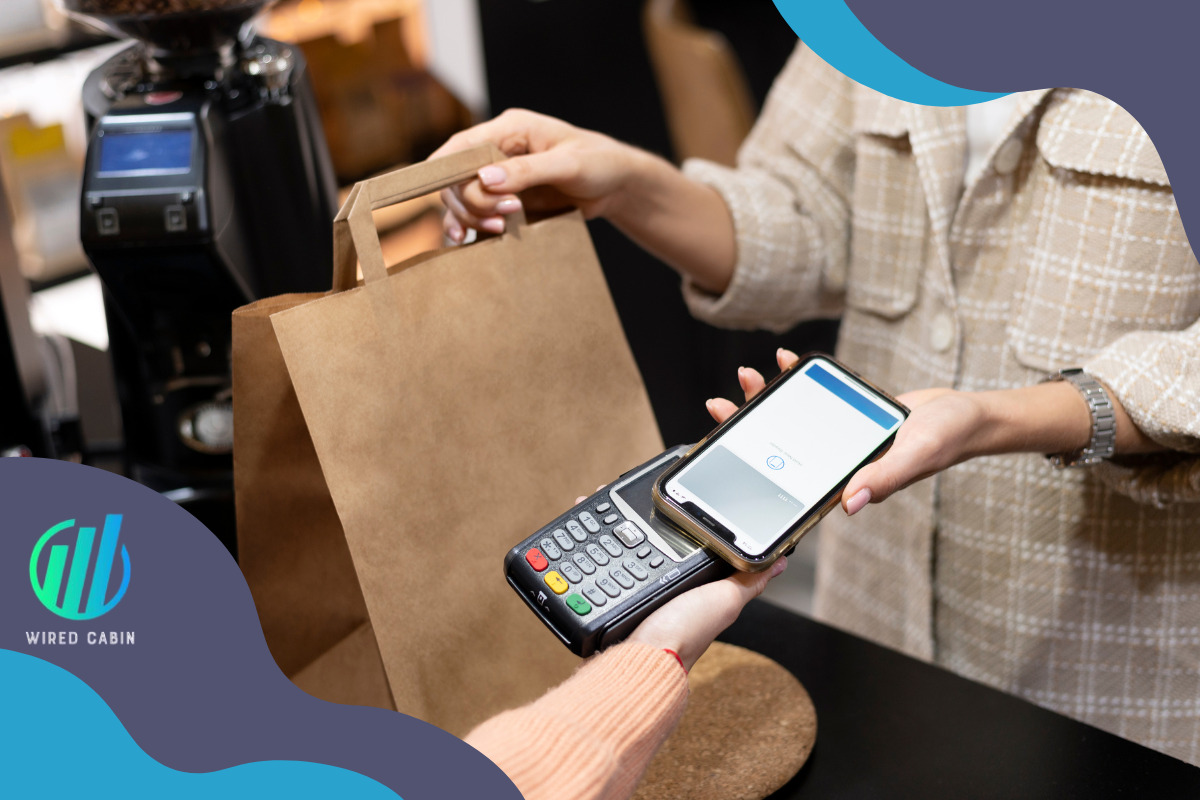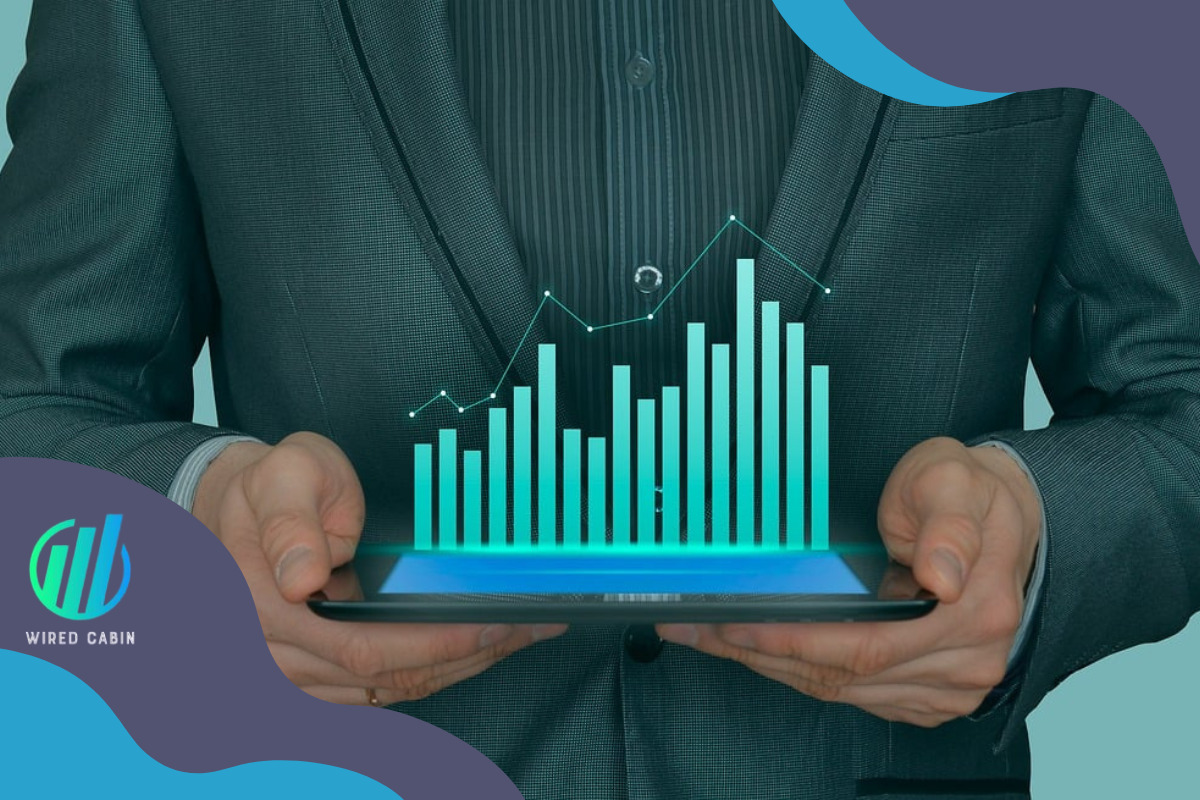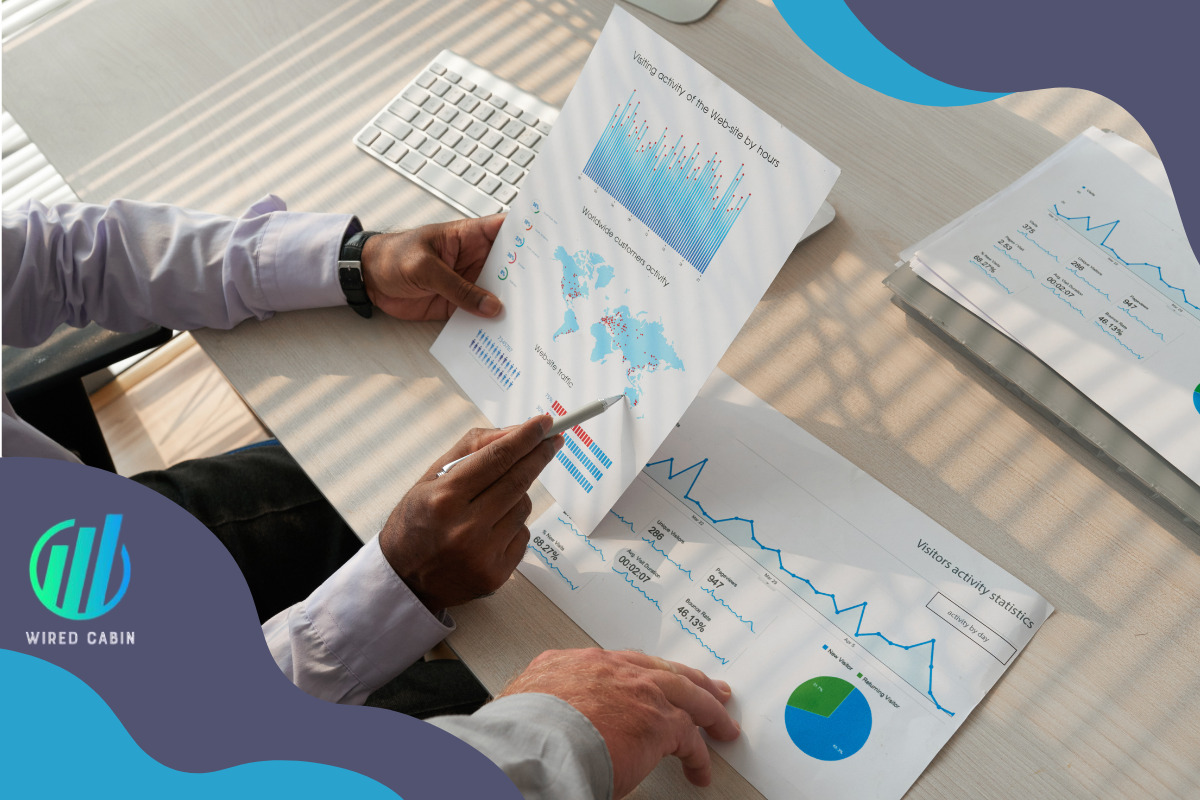We recommendation is:
What Is Blockchain?
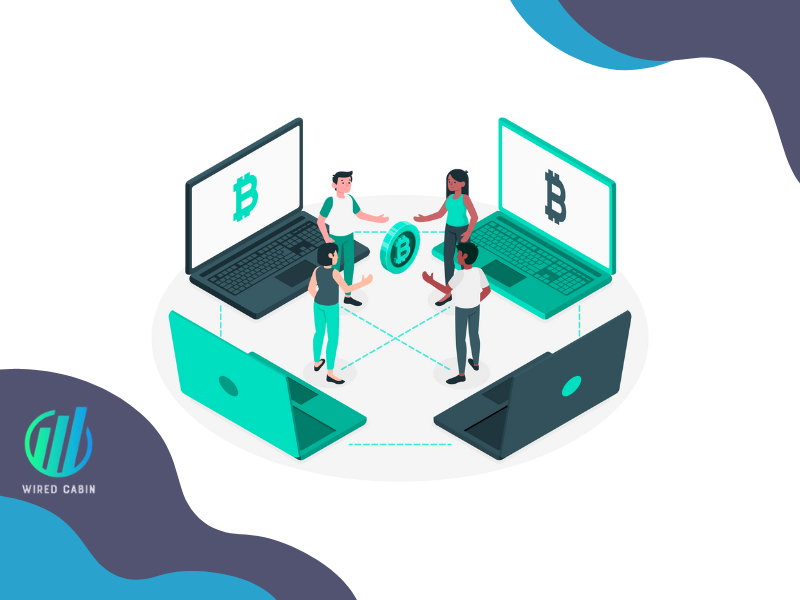
Blockchain is a decentralized database that is simultaneously stored on many computers connected to each other on the Internet. This technology underlies cryptocurrencies, smart contracts and NFTs, and is used in the field of cybersecurity, authentication and financial technology.
All over the world, this technology is actively used to transfer cryptocurrencies. If you send cryptocurrency over the blockchain, thousands of computers around the world will confirm and store all the information about the transfer.
What is Blockchain Technology?
Which comes first: cryptocurrency or blockchain? Without the blockchain, cryptocurrency could not exist. In fact, the blockchain is the infrastructure on which virtual transactions take place in a completely decentralized way.
Browsing the web you can find many definitions of blockchain: from “digital archive” to “distributed ledger” to “the new internet”. The blockchain is a data structure created to facilitate the exchange of cryptocurrencies.
Blockchain has exploded in the last 2 years because it has been understood that it is a system that has much potential compared to the mere application to the financial sector.
How does the blockchain work?
The blockchain is a digital archive composed of a chain of blocks, each of which has 3 elements:
It is a data container
Which data depends on the type of blockchain: it can be for example the data of a transaction if there is an exchange of fungible tokens
Hash string
The encrypted code that identifies the block and its contents. So the code string, like a fingerprint, is unique. Every time a new block is created a new hash is created
Proof of Work
A series of additional calculations that slow down the production of new blocks and make hacking extremely difficult. In fact, to hack each block it would be necessary to decipher not only the hash but also each proof of work. Mining comes from the addition of proof of work. The miner is the one who, thanks to the use of extremely high-performance computers, solves the operation.
Let’s not forget decentralization: through the peer to peer network anyone can join and participate. Each participant becomes a node. Every time a new block is created, it is sent to all nodes. Everyone checks that everything is in order, and if it is, each node adds the new block to its own blockchain. But if a node sees that the block has been hacked, the chain breaks.
Characteristics of The Blockchain
The characteristics of the blockchain database derive from the procedure just seen: it is kept and updated in real time on a multitude of “nodes”. The more nodes the better, it is always online: it cannot depend on a data center or other infrastructure that risks going offline.
But above all it is a decentralized technology .
Let’s think about how important this characteristic is by giving an example: for centuries people have relied on banks for financial operations. There is no other way to make a transaction except through a central authority. But this authority does not only have an executive role: before carrying out a transaction it approves it.
What does this mean?
On the one hand, you are not autonomous in managing your own economic resources, on the other, you don’t have to take responsibility. The blockchain, on the other hand, is democratic: there is no one who blocks access, but at the same time it gives responsibility, therefore it requires great trust in the network that makes it up. It’s always online. It then updates itself in real time thanks to a worldwide network of digital archives (“database network”). Users who are part of the network can only update the individual blocks to which they have access and cannot act on the other blocks already inserted in the system.
Blockchain History
The story of blockchain isn’t just about Satoshi Nakamoto and Bitcoin. It actually started in the 1990s when scientists like Wakefield Scott Stornetta, Stuart Haber, and Dave Bayer came up with the idea of arranging data in blocks for secure digital transfer.
But it wasn’t until the 2000s that the technology caught up. In 2004, Harold Thomas Finney II created a system called RPoW, a precursor to cryptocurrency.
Then in 2008, someone using the pseudonym Satoshi Nakamoto proposed using this technology for a decentralized payment system, calling it blockchain. In 2009, Bitcoin became the first real-world use of blockchain.
Blockchain Key Features
- Information can’t be deleted, as it’s visible to anyone online.
- Owners can prove their ownership with a digital signature.
- Once information is added, it can’t be changed.
- This technology isn’t just for money. It can be used for all sorts of things, like online voting and even building virtual worlds like the Metaverse. In business, it can streamline processes and cut costs.
Application of blockchain
Blockchain technology offers a range of applications across different sectors:
In Finance
Blockchain operates 24/7 and isn’t tied to any central bank, reducing dependency on intermediaries like banks and notaries. This means transaction fees are minimal compared to traditional systems.
It speeds up data exchange, improves quality, reliability, and reduces fraud risks. Banks, payment services, and financial institutions are adopting blockchain for various operations like money transfers, securities transactions, and KYC compliance. Implementation of blockchain could slash bank costs significantly, but may also reduce the need for certain intermediaries.
In the Public Sector
Blockchain simplifies and enhances transparency in data storage, aiding digitization efforts in the public sector. It enables unified registers, streamlining bureaucratic processes. Blockchain finds applications in public services, real estate registries, notaries, electronic voting systems, energy, transport, healthcare, and intellectual property management.
In Cybersecurity
Blockchain’s resistance to alterations makes it resilient against hacker attacks targeting individual nodes. It can also be used for user authentication, tracking internet fraudsters, conducting secure electronic voting, and implementing user reputation systems.
In the Gaming Industry
Blockchain technology is increasingly used in online multiplayer games for creating unique non-fungible tokens (NFTs) as collectibles. Play-to-earn games on blockchain platforms allow players to earn cryptocurrency through various in-game activities.
Blockchain Advantages
- Transparency
- Security
- Decentralization
- Transaction speed.
Blockchain Challenges
Scalability issues in large-scale systems, complexity hindering mainstream adoption, lack of universal protocols, regulatory uncertainties, and concerns about resource and energy consumption.
Blockchain Prospects
Despite challenges, blockchain has found its niche in the real economy and decentralized finance market. It’s recognized by businesses and regulators for its disruptive potential across industries. However, addressing technical issues and regulatory concerns remains crucial for realizing its full potential.
Blockchain technology has emerged as a transformative force across various sectors, offering unparalleled advantages such as transparency, security, and decentralization. Its applications in finance, the public sector, cybersecurity, and the gaming industry highlight its versatility and potential to revolutionize traditional systems.
However, blockchain faces challenges such as scalability issues, complexity, regulatory uncertainties, and environmental concerns. Addressing these challenges is essential for blockchain to realize its full potential and become a mainstream technology.
Despite these hurdles, the adoption of blockchain continues to grow, driven by its proven benefits and recognition by businesses and regulators. As blockchain matures and evolves, it holds the promise of reshaping industries, fostering innovation, and creating new opportunities in the digital economy.
